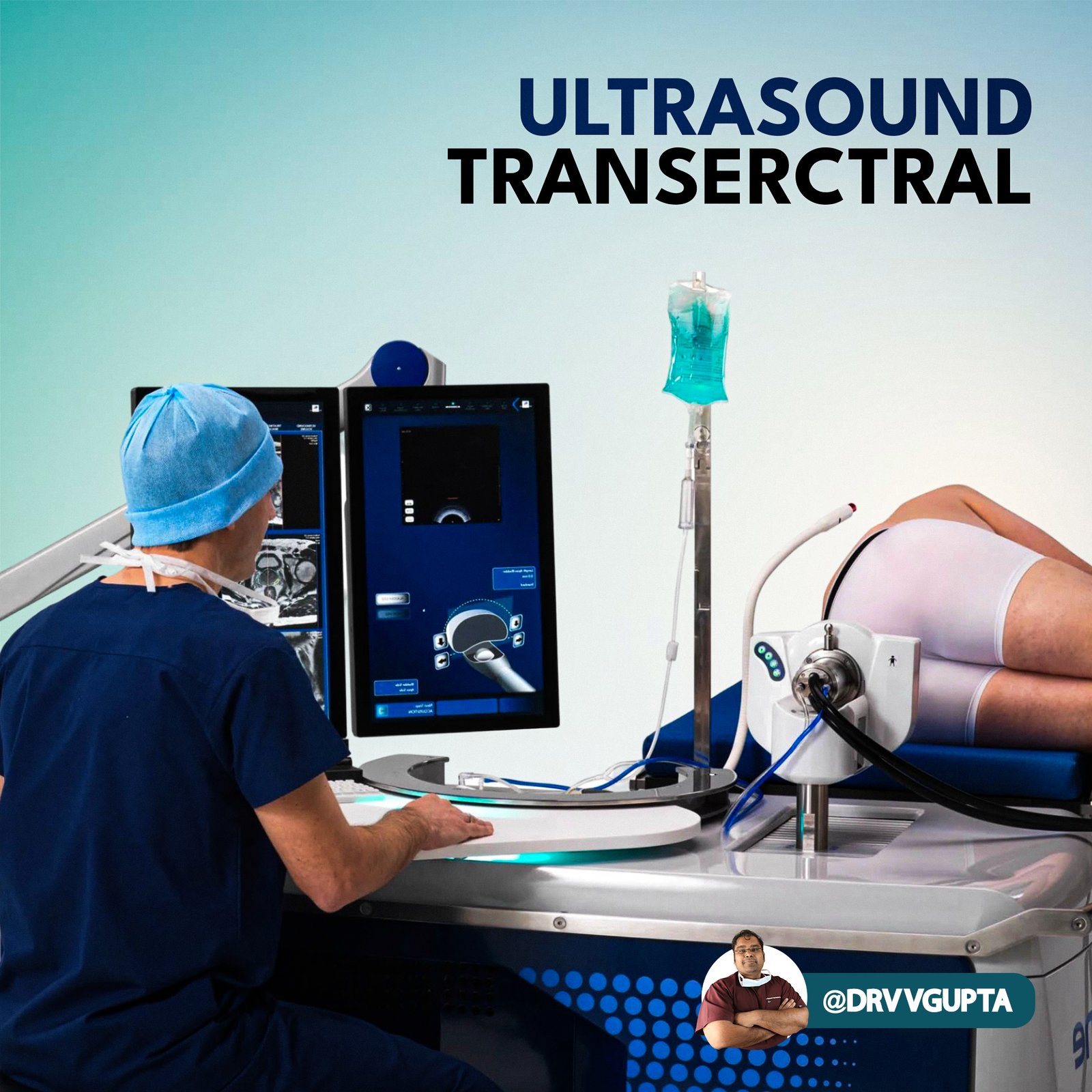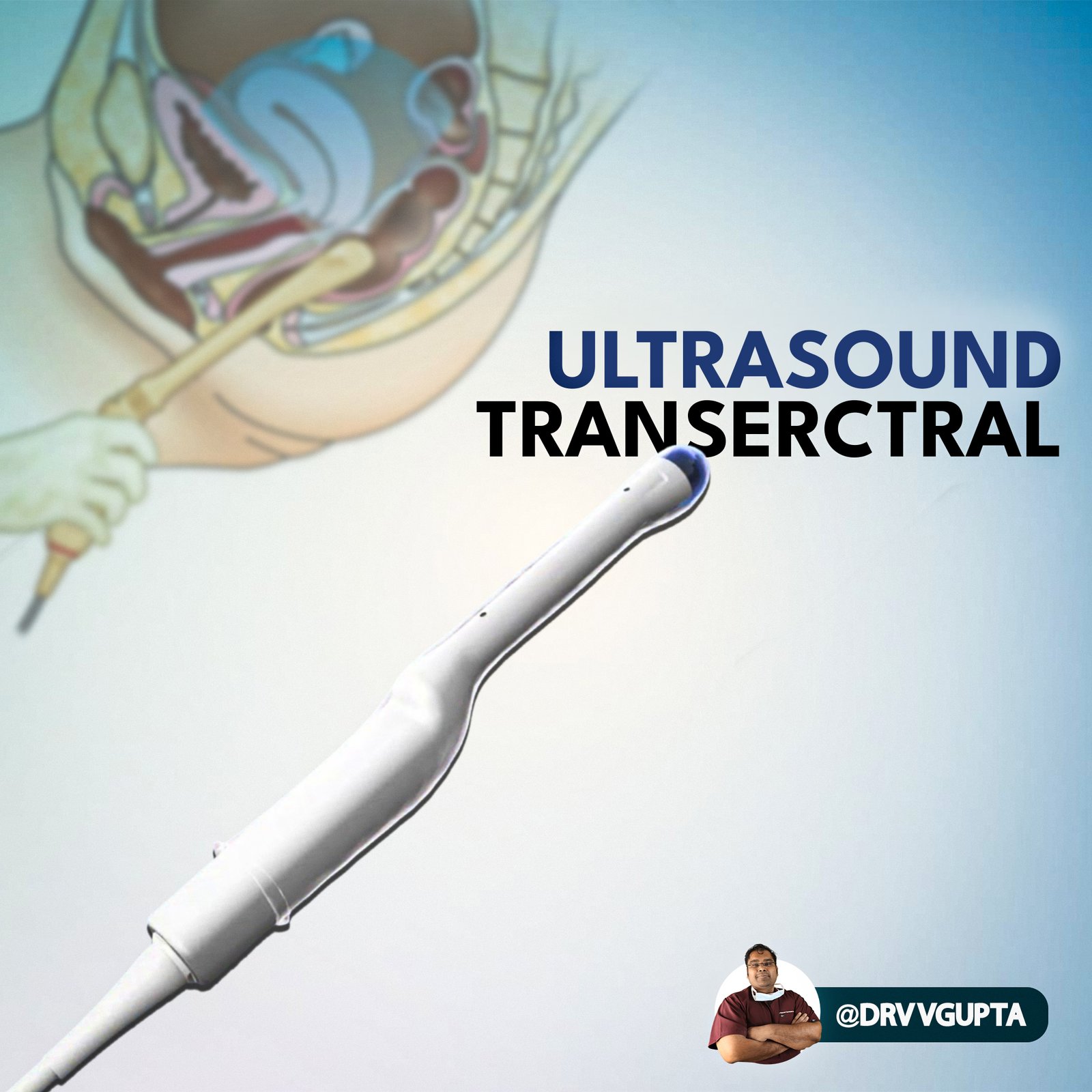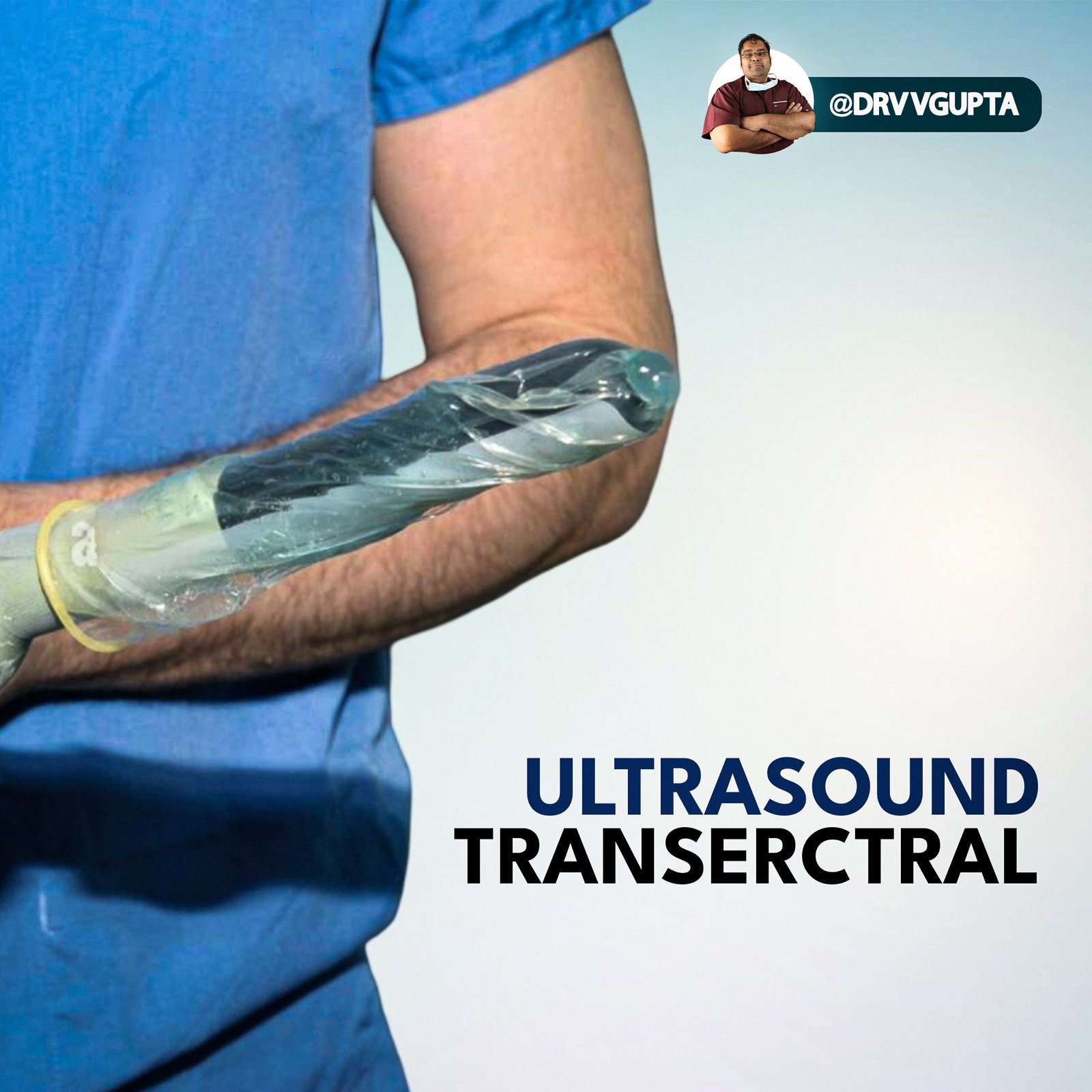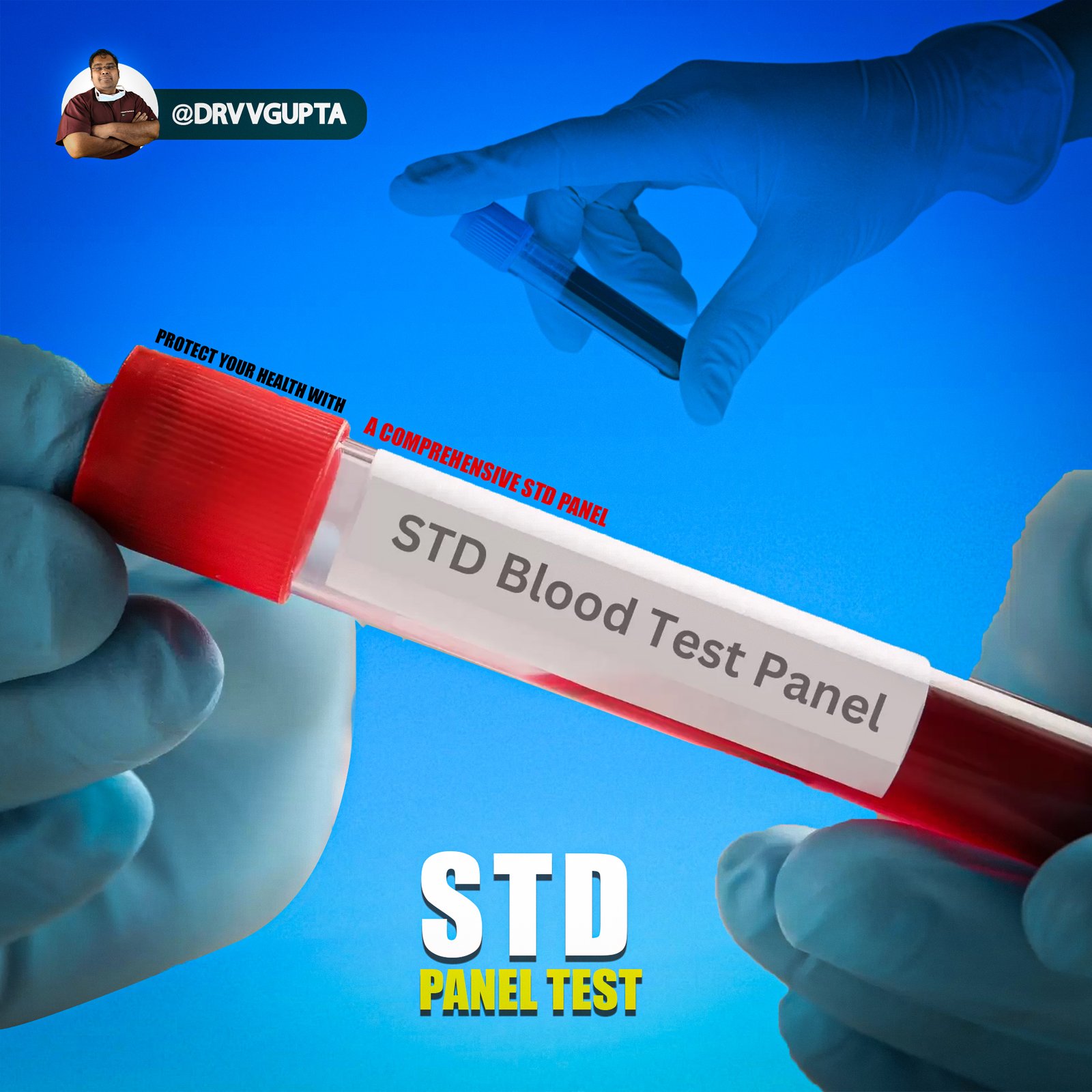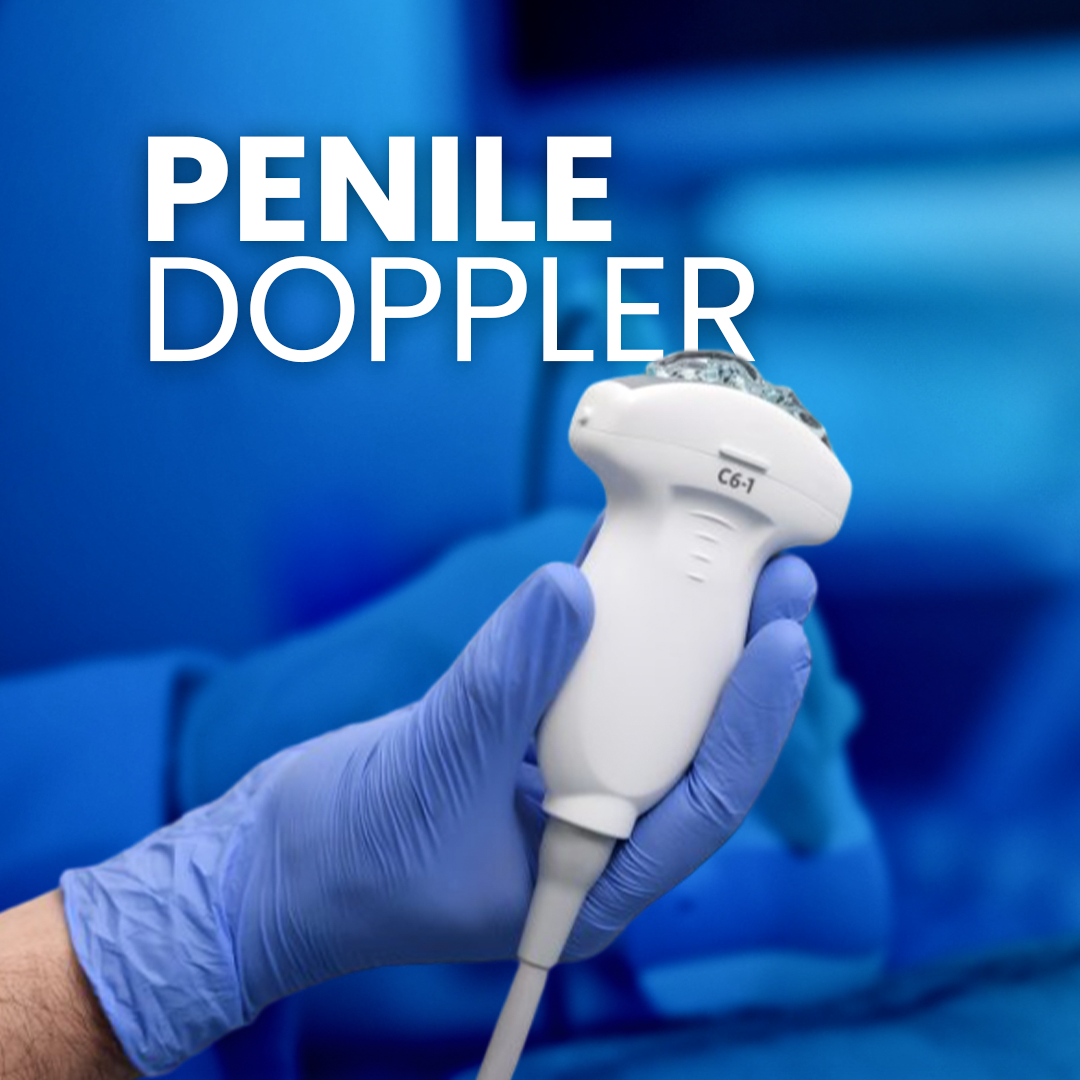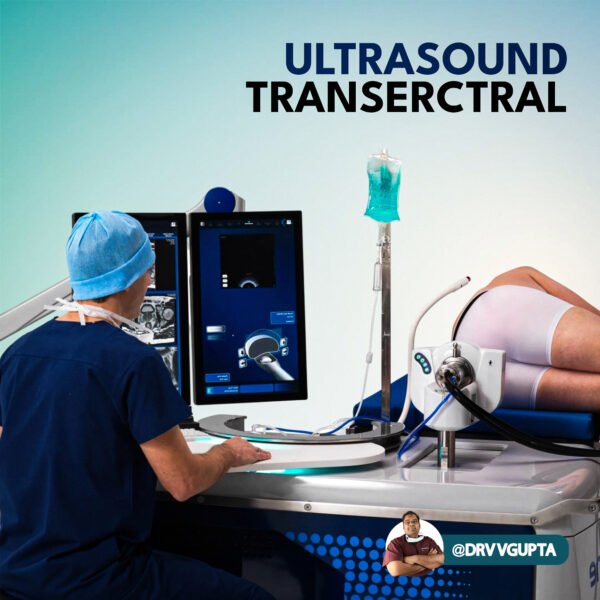
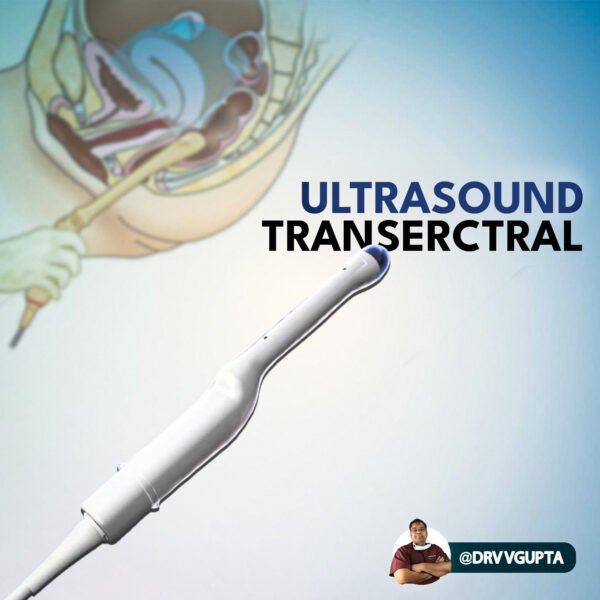

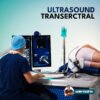
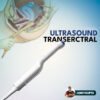

Transrectal Ultrasound
(8132)
₹2,500.00
Gain precise insights into your prostate health with our Transrectal Ultrasound (TRUS) in Delhi. This minimally invasive procedure uses advanced imaging to evaluate prostate size, detect abnormalities, and guide biopsies, ensuring accurate diagnosis and effective treatment.
Transrectal Ultrasound
₹2,500.00
Gain precise insights into your prostate health with our Transrectal Ultrasound (TRUS) in Delhi. This minimally invasive procedure uses advanced imaging to evaluate prostate size, detect abnormalities, and guide biopsies, ensuring accurate diagnosis and effective treatment.
A transrectal ultrasound (TRUS) is a medical imaging technique used to evaluate the prostate, rectum, and surrounding tissues. The procedure involves inserting a small ultrasound probe into the rectum, which emits sound waves to create detailed images of the prostate and other structures in the pelvic area. TRUS is primarily used in the diagnosis and management of prostate conditions, including prostate cancer and benign prostatic hyperplasia (BPH).
How Transrectal Ultrasound Works:
TRUS uses high-frequency sound waves to create images of the internal structures. The ultrasound probe (also called a transducer) is inserted into the rectum, where it sends out sound waves. These sound waves bounce off tissues, and the echoes are then used to create real-time images of the prostate, seminal vesicles, and other nearby organs.
Conditions Assessed with TRUS:
- Prostate Cancer: TRUS is used to visualize the prostate and identify areas that might require a biopsy for cancer diagnosis.
- Benign Prostatic Hyperplasia (BPH): Enlargement of the prostate can be assessed for its impact on urinary flow and symptoms.
- Prostate Infections or Inflammation: TRUS can help detect signs of prostatitis or abscesses in the prostate.
- Prostate Biopsy Guidance: TRUS is commonly used to guide needle placement during a prostate biopsy, especially if there are abnormalities detected in the prostate.
- Assessment of Prostate Size: Useful in cases of BPH or evaluating the prostate’s impact on surrounding structures, including the bladder and urethra.
- Evaluation of Seminal Vesicles: TRUS can also help assess the health and condition of the seminal vesicles, which are part of the male reproductive system.
Procedure:
- Preparation: The patient may be asked to empty their bladder before the procedure. In some cases, the patient may be instructed to take an enema beforehand to clear the rectum.
- During the Test: The patient will lie on their side with their knees drawn up toward their chest. A small amount of gel is applied to the transducer to facilitate the transmission of sound waves. The probe is gently inserted into the rectum, where it is positioned to get the best images of the prostate. The procedure usually lasts about 15-30 minutes.
- Post-Test: There are generally no restrictions after the procedure. The patient can resume normal activities immediately.
Benefits of Transrectal Ultrasound:
- Non-invasive: While the procedure involves insertion of a probe, it is generally well-tolerated and non-invasive compared to other diagnostic techniques like surgery or CT scans.
- Accurate Imaging: TRUS provides high-resolution, real-time images of the prostate and surrounding structures, helping in the diagnosis of prostate-related conditions.
- Guided Biopsy: TRUS is commonly used to guide prostate biopsies, improving the accuracy of tissue sampling.
- Monitoring Prostate Health: Helps track the progression of prostate conditions, such as BPH or prostate cancer, over time.
Risks and Considerations:
- Mild Discomfort: Some patients may experience mild discomfort or pressure when the probe is inserted, but it is generally not painful.
- Infection: Although rare, there is a small risk of infection, particularly if a biopsy is performed during the ultrasound.
- Rectal Bleeding: There is a slight risk of minor rectal bleeding, especially if a biopsy is done.
- Discomfort or Anxiety: For some patients, the procedure may cause anxiety or discomfort due to the nature of the examination. It is essential to communicate with the healthcare provider if the procedure feels uncomfortable.
Results and Interpretation:
- Normal Results: A normal TRUS will show a healthy prostate with no signs of abnormal growths or inflammation.
- Abnormal Findings: If any abnormalities are detected, such as prostate nodules or irregularities, further evaluation or a biopsy may be necessary for definitive diagnosis.
When TRUS is Recommended:
TRUS is often recommended when a doctor suspects prostate cancer or other prostate disorders based on symptoms, such as difficulty urinating, elevated PSA levels (prostate-specific antigen), or abnormal findings during a digital rectal exam (DRE). It is also used to guide prostate biopsy procedures when cancer is suspected or to monitor the progress of prostate conditions like BPH or prostatitis.
Transrectal ultrasound plays a key role in the early detection, diagnosis, and treatment planning for various prostate conditions, helping healthcare providers make informed decisions about patient care.
Our Best Selling Services
Explore our best-selling products, carefully curated for top performance and customer satisfaction. From innovative solutions to reliable essentials, these items are proven favorites that deliver value and quality

